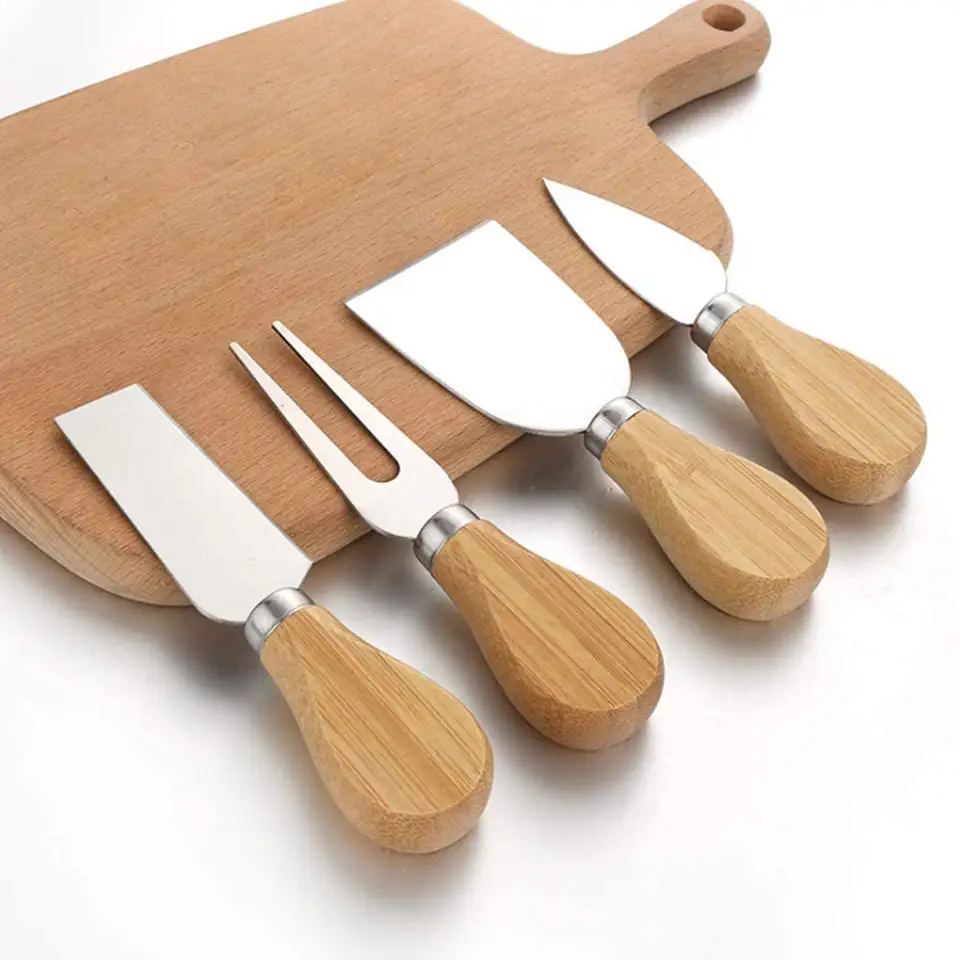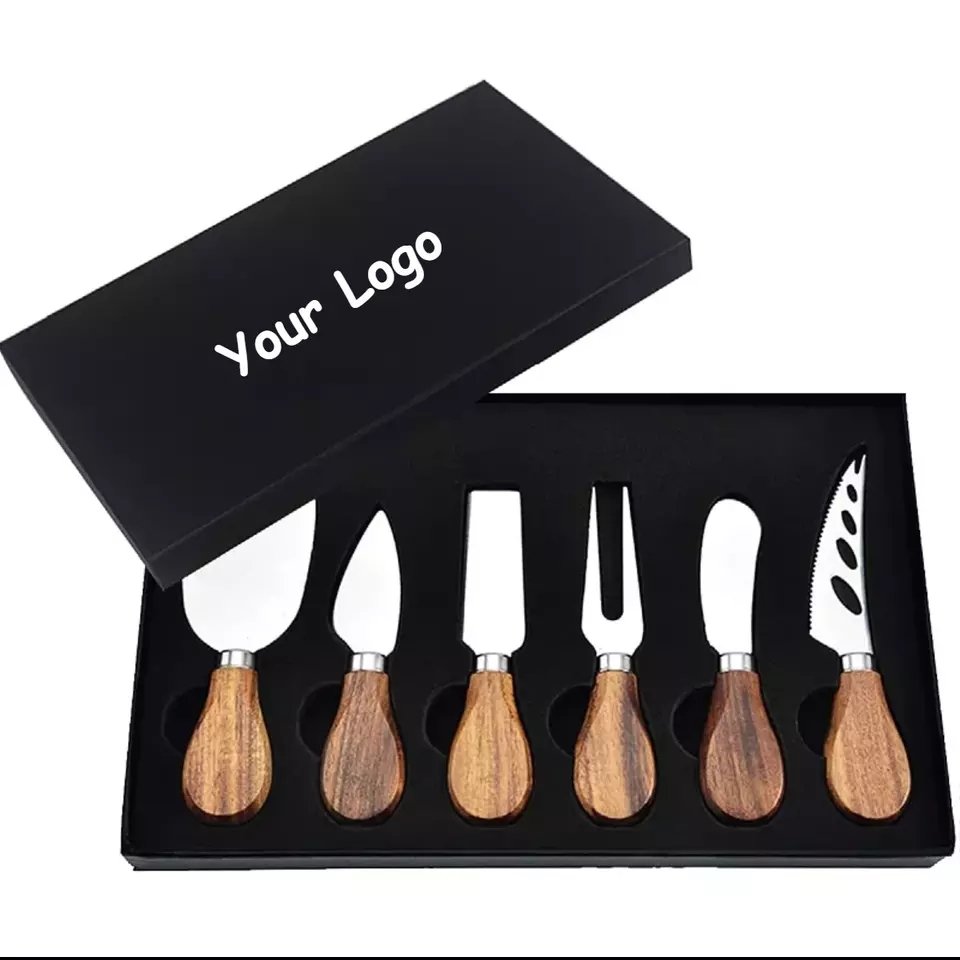People often hear the term “hotel silverware” and imagine something luxurious or expensive. But what exactly is it, and how is it different from the forks and spoons we use at home?
Hotel silverware sets refer to high-durability cutlery used in hospitality, often made from heavy-duty stainless steel or silver-plated materials for commercial use.
Hotel silverware has earned a special place in both the hospitality and design worlds. But how can we tell it’s truly hotel grade, and why do so many people want to collect or use it at home?
Table of Contents
How to identify hotel silver?
Many silverware sets claim to be “hotel quality.” But not all of them are. So how can we spot the real thing?
Real hotel silver is heavier, thicker, and more polished than standard silverware. It often has a smooth feel, minimal decoration, and sometimes carries a hallmark or stamp.
Key Signs of Hotel Silver
Here are a few signs I’ve learned to look for when handling hotel silver:
1. Weight and Feel
Hotel silver is heavier. The extra weight comes from the materials used. Most pieces are either made of solid stainless steel or are heavily silver-plated. You’ll feel the difference the moment you pick it up. Unlike lighter, home-use forks or spoons, these feel sturdy and solid.
2. Minimalist Design
Most hotel silver designs are simple. There are usually no fancy patterns or colored handles. This makes cleaning easier in high-traffic restaurants and hotels. But at the same time, this simplicity also makes them timeless.

3. Stamping or Marking
Many hotel silver pieces are stamped with markings. These may include the hotel’s name, a manufacturer mark, or numbers indicating the silver plating thickness. If you see “EPNS” or “EP” (Electro Plated Nickel Silver), that’s another sign.
What is hotel silver made of?
What makes hotel silver different from other types of cutlery in terms of materials?
Most hotel silver is made of either high-grade stainless steel or silver-plated nickel alloy, designed for long-lasting use and frequent washing.
Material Breakdown of Hotel Silver
Here are a few signs I’ve learned to look for when handling hotel silver:
Stainless Steel
Most modern hotel silverware is made from 18/10 stainless steel. This means 18% chromium and 10% nickel. Chromium resists rust. Nickel adds shine and durability. This is the go-to material for commercial cutlery.
Silver-Plated Nickel Silver
In older hotel sets, especially antique ones, you’ll find something called EPNS—Electro Plated Nickel Silver. This isn’t real silver. It’s a mix of copper, nickel, and zinc. Then a thin layer of pure silver is plated on top. This gives it the look and feel of sterling silver without the high cost.
Why These Materials?
Hotels wash their cutlery thousands of times a year. So they need materials that resist corrosion, handle wear and tear, and still look good. That’s why stainless steel and plated alloys are ideal. They combine beauty with function.
Does hotel silver tarnish?
People often worry about silver tarnishing. It turns black or dull over time. Does that happen with hotel silver too?
People often worry about silver tarnishing. It turns black or dull over time. Does that happen with hotel silver too?
How to Manage Tarnish
Silver-Plated Pieces
If your hotel silver is EPNS, it will tarnish over time. That’s just the nature of silver. Exposure to air, moisture, and even certain foods can speed up the tarnishing process. But a quick polish with a silver cloth or cream usually brings it back.
Stainless Steel Pieces
These don’t tarnish. That’s why many hotels now prefer stainless steel. It’s lower maintenance, and it always looks clean after washing.
Tips from My Experience
I always recommend storing silver-plated hotel silver in dry places. Avoid wrapping it in plastic. And don’t leave acidic food on the surface for too long.
| Material | Tarnish Risk | Maintenance Needed |
|---|---|---|
| Stainless Steel | Low | Basic washing |
| Silver-Plated Alloy | High | Regular polishing |
What is hotel silver?
This term is used a lot. But it can mean different things depending on who you ask.
Hotel silver is a category of cutlery originally made for hotel and restaurant use, known for its heavy-duty construction, minimalist design, and lasting shine.
Why Is It Called "Hotel Silver"?
The name comes from its original purpose. Hotels needed something better than household forks. So manufacturers developed silverware that was stronger, heavier, and better looking. Over time, collectors and designers noticed the appeal and started bringing it into homes.
Some antique collectors also refer to “hotel silver” when they talk about vintage, silver-plated items that were once used in real hotels, often in the early 20th century.
What is hotel silverware?
How is it different from other silverware? Is it just branding?
Hotel silverware refers to utensils used in the hospitality industry, usually made for higher durability and aesthetics in commercial dining settings.
Hotel vs. Household Silverware
Hotel silverware is made to be used by hundreds of guests daily. It needs to survive industrial dishwashers, constant handling, and heavy use. Regular home silverware is usually thinner, lighter, and often chosen for personal style over durability.
In my own testing, hotel-grade silverware can last over 10 years in restaurants. Some of the household ones start bending or discoloring after 2–3 years.
Silver spoon hotel price?
Is hotel silver expensive? Or can we get it at a good price?
The price of a silver spoon labeled as “hotel silver” can vary from $3 to $100+, depending on age, material, and brand.
Price Factors

Here’s what affects the cost:
Material: Stainless steel costs less than silver-plated.
Age: Antique hotel silver fetches high prices.
Brand: Renowned hotel suppliers charge a premium.
Condition: Unused or polished pieces cost more.
| Type | Average Price per Piece |
|---|---|
| Modern Stainless Hotel Spoon | $5–10 |
| Antique Silver-Plated Spoon | $30–100+ |
| Designer-Branded Spoon | $20–60 |
Do hotels have silverware?
Do real hotels still use silverware, or is everything plastic now?
Yes, most hotels use stainless steel or silver-plated cutlery in their restaurants, room service, or banquet halls.
Real Hotel Practices
From my experience visiting suppliers and hotels, here’s what I see:
| Hotel Type | Material Choice |
|---|---|
| Luxury Hotels | High-end stainless steel or real silver-plated sets |
| Business Hotels | Cost-effective stainless steel |
| Budget Hotels | Some may use disposable, but most still keep a basic stainless steel set |
Even today, the quality of cutlery says a lot about a hotel’s image.
How can you tell if silverware is high quality?
There’s a lot of cutlery out there. But how do we spot the good stuff?
High-quality silverware feels heavy, has smooth edges, balanced weight, and does not bend easily. It often uses 18/10 stainless steel or higher.
My Go-To Checklist
When I’m sourcing for clients, I check:
| Attribute | Description |
|---|---|
| Finish | Mirror-polished = better craftsmanship |
| Weight | Heavy = more durable |
| Material Markings | 18/10, EPNS, etc. |
| Edge Finishing | No sharp or rough parts |
| Balance | Shouldn’t tip or feel awkward |
This simple test never fails: hold a fork by its handle and tap it lightly on a surface. If it rings like a bell and feels solid, it’s likely good quality.
What does hotel silver mean?
Is it just a style or does it have deeper roots?
Hotel silver originally described commercial-grade silver-plated utensils made for hospitality, but now also refers to a design style known for simplicity and weight.
The Evolution of the Term
At first, it was just practical. Now, “hotel silver” has become a design choice. People love the look: no patterns, no frills—just shiny, smooth, and strong. That’s why you’ll see “hotel style” cutlery being sold in homeware stores now, even if it’s never seen the inside of a hotel.
Hotel silverware stands out for its durability, weight, and clean design—qualities that make it perfect for both commercial and home use.





